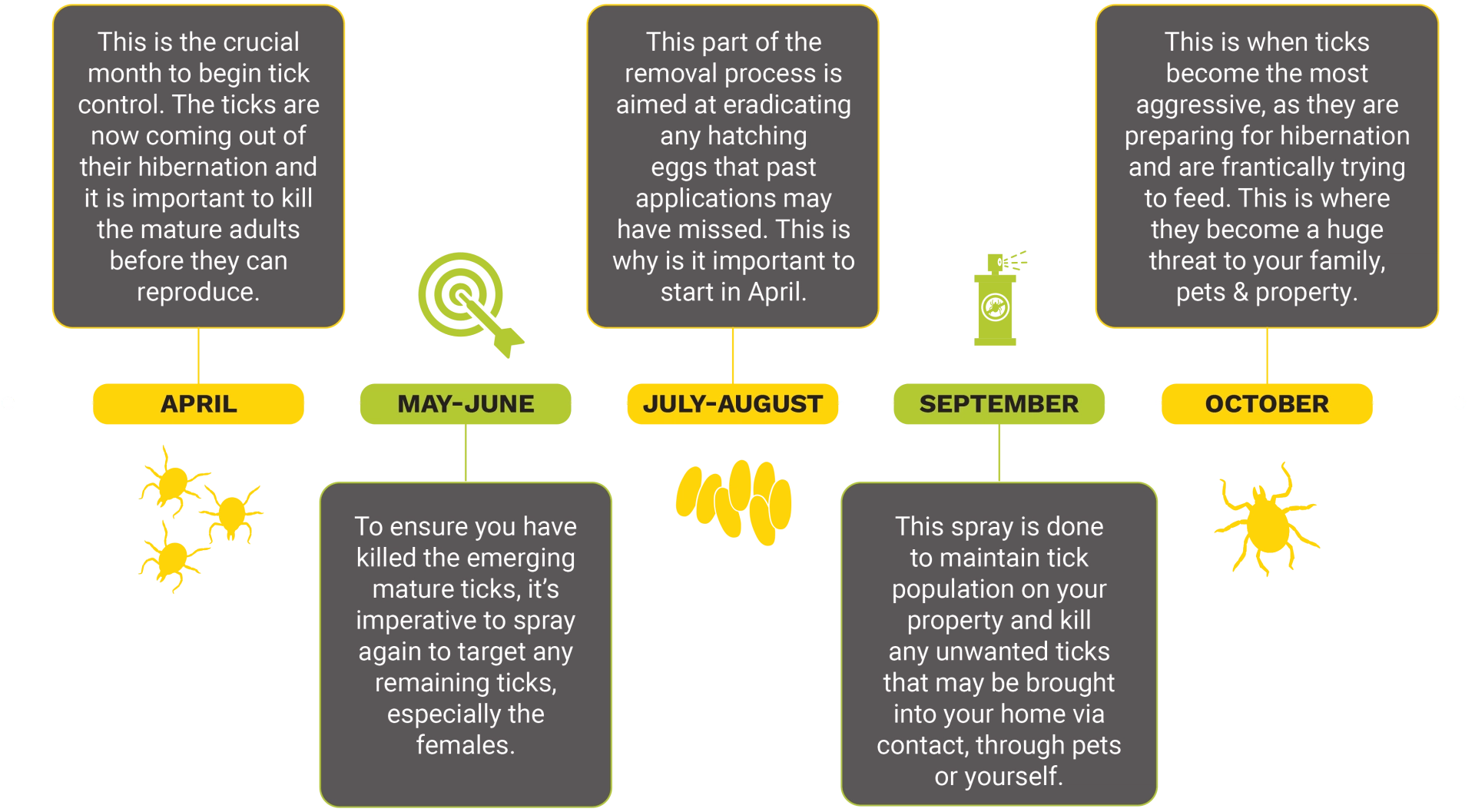How To Choose a Pest Control Company
The most important step in the pest control process is hiring the right company for you. In addition to a company's qualifications and treatment methods, you might also look into how long it has been in business and what the reviews are like. Finally, you'll likely want to look at the cost of services.
Below, we explore the details of each of these factors.
Does the company have a valid license and permits to perform pest control?
All pesticide applicators, as well as those that supervise them, need to be licensed via the appropriate New York regulatory agencies. The United States Environmental Protection Agency (EPA) sets minimum standards of competency, while issuing, maintaining, and revoking licensing is handled at the state level.
Is the company a member of any professional organizations?
One optional certification that could be worth looking for is the GreenPro Service Certification. To obtain this certification, a pest control company must both demonstrate that its practices are more eco-friendly and uphold certain technician training standards. Companies can obtain other certifications from QualityPro or similar trade organizations to further support their work.
A pest control company can also belong to professional organizations. A pest control company can join both state-level organizations and national organizations such as the National Pest Management Association (NPMA). By being a member of these optional organizations, a company helps support its reputability and gains access to resources, education, and a network of professionals with whom to compare best practices.
Professional Experience and Specialties
How long a pest control company has been in business can give you some insight into its experience dealing with the pests that live in Brookhaven. Customer reviews or the company's own website can also enlighten you about whether it has the skills and experience necessary to handle your specific pest problem. If you can't find the information you need online, calling a representative is a great way to learn about the company's areas of expertise.
Reviews and Recommendations
Resources that can help you verify a company's reputation include the Better Business Bureau (BBB), social media, and local review sites. You can also confirm the status of a company's license via the New York licensing board.
Cost of Services and Guarantees
Cost is important when choosing a pest control company. Cost may be determined by the type of pest being treated, the size of your house, your location, and other factors.
Certain pest control companies offer a free on-site estimate to help you match services to your budget. You can also check to see if it offers a satisfaction guarantee.
Safety and Treatment Methods
Safety is an important consideration when selecting a pest control professional, and you might prefer a provider who employs more natural, eco-friendly pest control solutions.
Safety
You will want to understand the precautions around pesticides used in your home, for the sake of you, your family, and your pets. Your pest control expert should be able to supply information about the pesticides they will be using, whether they are low toxicity or non-toxic, and (if not) what safety measures will be in place. All pesticides (except minimum-risk ones) should be registered with the EPA.
Treatment Methods
Many companies are using options for more eco-friendly methods of pest control before employing harsh pesticides.
One common method for making pest control safer and more eco-friendly is Integrated Pest Management (IPM). The steps of IPM are as follows:
- Identify the source of the pest problem and assess whether immediate action is needed.
- Decide on the safest course of action.
- Use a combination of physical, biological, mechanical, and cultural controls to manage the pest problem.
- Employ chemical controls only if needed, and always along with other techniques for effective long-term pest management.
- Evaluate outcomes and continue with additional pest control as needed.
















